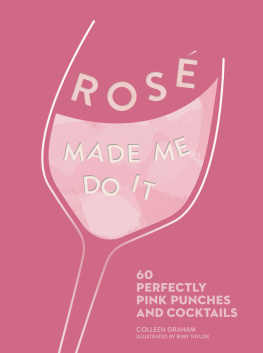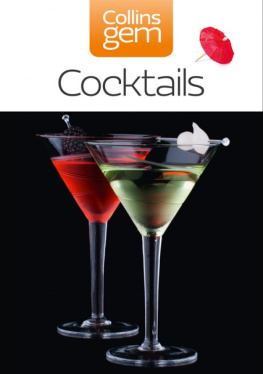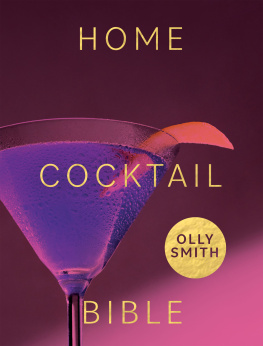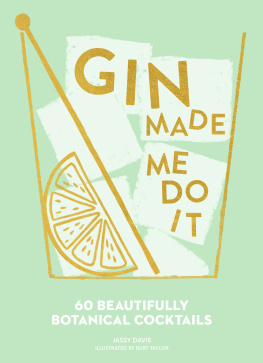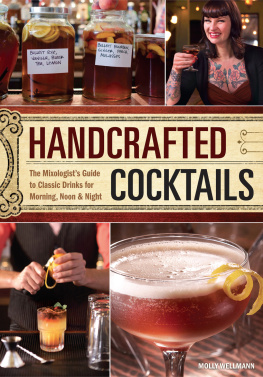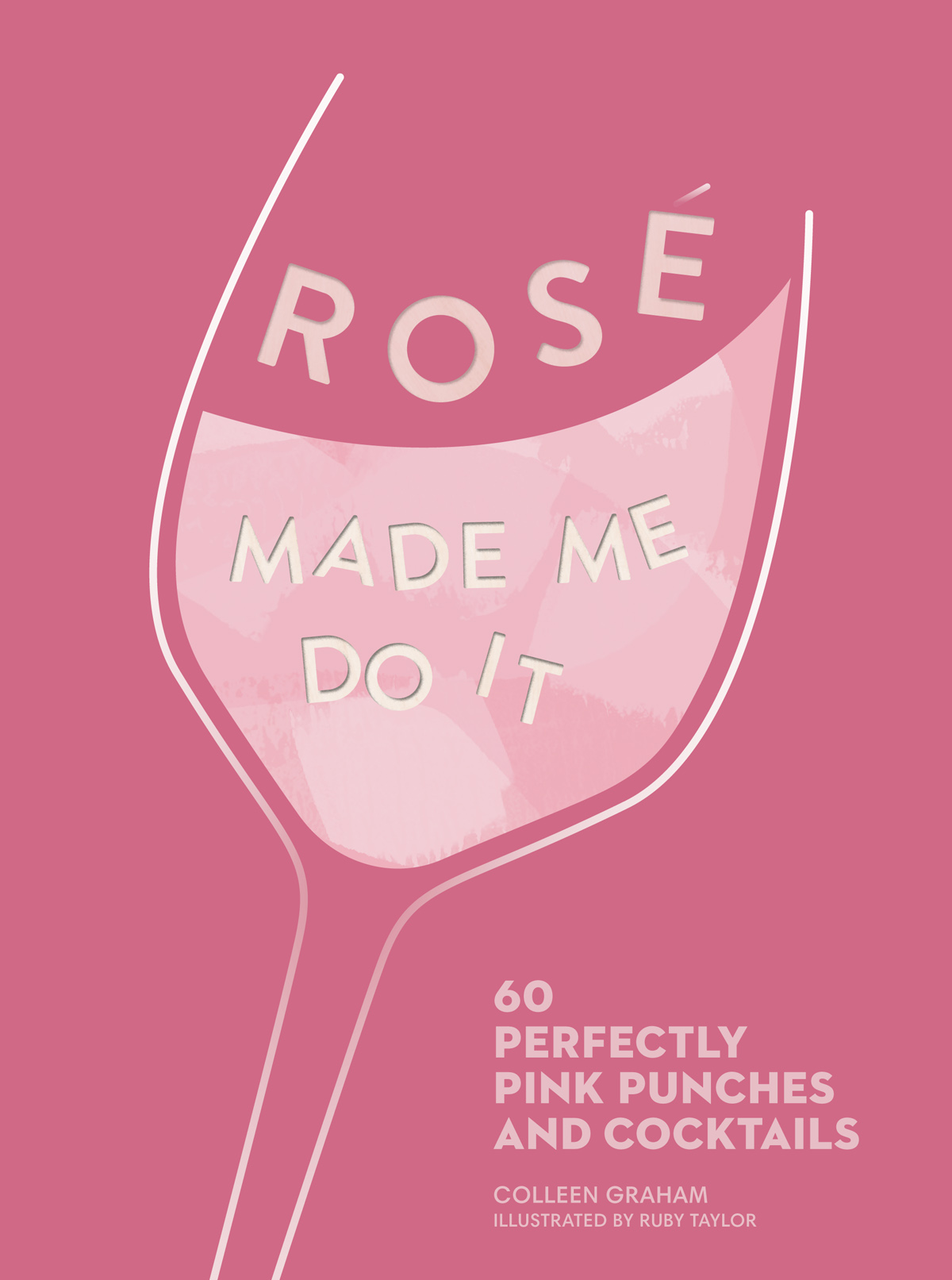CONTENTS
Guide
Australia
HarperCollins Publishers Australia Pty. Ltd.
Level 13, 201 Elizabeth Street
Sydney, NSW 2000, Australia
www.harpercollins.com.au
Canada
HarperCollins Canada
Bay Adelaide Centre, East Tower
22 Adelaide Street West, 41st Floor
Toronto, Ontario M5H 4E3, Canada
www.harpercollins.ca
India
HarperCollins India
A75, Sector 57
Noida, Uttar Pradesh 201 301, India
www.harpercollins.co.in
New Zealand
HarperCollins Publishers New Zealand
Unit D1, 63 Apollo Drive
Rosedale 0632
Auckland, New Zealand
www.harpercollins.co.nz
United Kingdom
HarperCollins Publishers Ltd.
1 London Bridge Street
London SE1 9GF, UK
www.harpercollins.co.uk
United States
HarperCollins Publishers Inc.
195 Broadway
New York, NY 10007
www.harpercollins.com
HarperCollinsPublishers
1 London Bridge Street
London SE1 9GF
www.harpercollins.co.uk
First published by HarperCollinsPublishers in 2019
Copyright HarperCollinsPublishers
Colleen Graham asserts her moral rights as the author of the text.
Written by Colleen Graham
Illustrations by Ruby Taylor
Cover design by Gareth Butterworth
Interior design by Jane Lanaway
A catalogue record for this book is available from the British Library
All rights reserved under International and Pan-American Copyright Conventions. By payment of the required fees, you have been granted the nonexclusive, non-transferable right to access and read the text of this e-book on screen. No part of this text may be reproduced, transmitted, downloaded, decompiled, reverse engineered, or stored in or introduced into any information storage retrieval system, in any form or by any means, whether electronic or mechanical, now known or hereinafter invented, without the express written permission of HarperCollins e-books.
Source ISBN 9780008340292
Ebook ISBN 9780008354732
Version 2019-05-22
DISCLAIMER: This book features recipes that include the optional use of raw eggs. Consuming raw eggs may increase the risk of food-borne illness. Individuals who are immunocompromised, pregnant or elderly should use caution. Ensure eggs are fresh and meet local food-standard requirements. Please drink responsibly.
CONTENTS
Ros isnt a wine that fits conveniently into one category in terms of style, grape or flavour profile its a complex group that includes sweet, dry, still and sparkling wines produced all over the world!
There are, however, three things that ross do have in common: theyre pink (although they vary from pale to surprisingly dark), they pair well with food, and theyre fabulous cocktail mixers, the latter being the focus of this book. I wont boggle your mind with the ins and outs of ros (although you will learn a bit about how its made and what to expect from certain regions or grape varietals) there are plenty of books out there that cover all of the finer details. Instead, I want to invite you on the journey of discovering ros cocktails! Ros is one of the best wines for mixed drinks, with its flavour of strawberries or watermelon. It works perfectly with many spirits (whisky, gin, vodka, tequila, rum) and almost any additional flavours, from fruits to herbs and spices. And although seen as a summer wine, its a great fit for cocktails at any time of year.
My goal is to give you some basics on mixing up great cocktails, and to inspire you to explore some unusual flavours. This book includes some incredibly simple drinks like the . And youll find that I love to use homemade ingredients. Of course, given the topic, there are also plenty of fros and sangria recipes. Ive found inspiration in the drinks that others have created, and hope to inspire you to take these to a new level. Im not a wine critic or expert, but a writer who has spent over a decade studying mixed drinks and is grateful to be able to share that knowledge with others. Cocktails are meant to be fun, and wine should be fun. When the two come together, you know a partys on its way!
In nature, there are red grapes and white grapes, and within those, hundreds of varietals are used to make red and white wine, respectively. There are, however, no pink grapes, so how does one get the pink wines designated as ross?
Ros is not defined by the grape, but by the method. The catch is that since ross are not varietal-dependent like other styles of wine, they offer a vast range of different flavour profiles. There are sweet ross, a surprising number of dry ross and plenty of sparkling ross to choose from. Ross are made in every corner of the globe, although there are areas in major wine-making countries that specialise in it. You will notice regional differences at times, just like with other wines, and you will encounter bottles that are a complete gamble. Will it be sweet or dry? Sometimes its very hard to tell, but thats part of the fun!
If your experience with ros has been limited to white zinfandel (yes, the sweet wine that captures the attention of many young drinkers is a ros), then youll be delighted to know that there really is a ros for every wine drinker.
HOW IS ROS MADE?
There are a few different methods for making ros. The most common method used today begins with the juice of red grapes remaining in contact with the grape skin for a few days before the skin is removed. This short period of maceration results in a blush-coloured wine.
A few ross use a direct pressing method whereby the grapes are pressed with the skins, which are then removed straight away, leaving behind a light pink juice.
A third approach is the saigne process (pronounced sehn-yay, French for to bleed). In this case, a little of the red wine juice is bled off early in the maceration process while the wine is still pink. The result is both a useable ros and a red wine.
Used less often, a fourth technique involves blending a red and white wine together. Some wine-making regions frown upon the method, and many dont regulate it, but a number of ros Champagnes rely on it.
STYLES OF ROS
Ros is French for pink; Spanish and Portuguese wines are labelled rosado, and Italian wines rosato. However, ros is definitely not limited to these countries. Understanding the complex maze that is ross many flavour characteristics is complicated, so well only touch on this briefly to make navigating wine labels a little easier.
Ros comes in many shades of pink. On the lightest side, youll find the drier ross of Provence. This French region primarily makes ros, offering zesty, refreshing wines that have long been held up as the standard. Following these are the pinot noir ross, which are slightly earthier, with a bright, acidic fruitiness. Spains favourite grape the tempranillo produces a slightly darker ros with a brilliant spiced-berry flavour and a slightly darker hue. Surprisingly, when it comes to the ros colour spectrum, Californias famed white zinfandel falls right in the middle. If youre looking for a sweet wine, a bottle of white zin is what you want.
Next page
